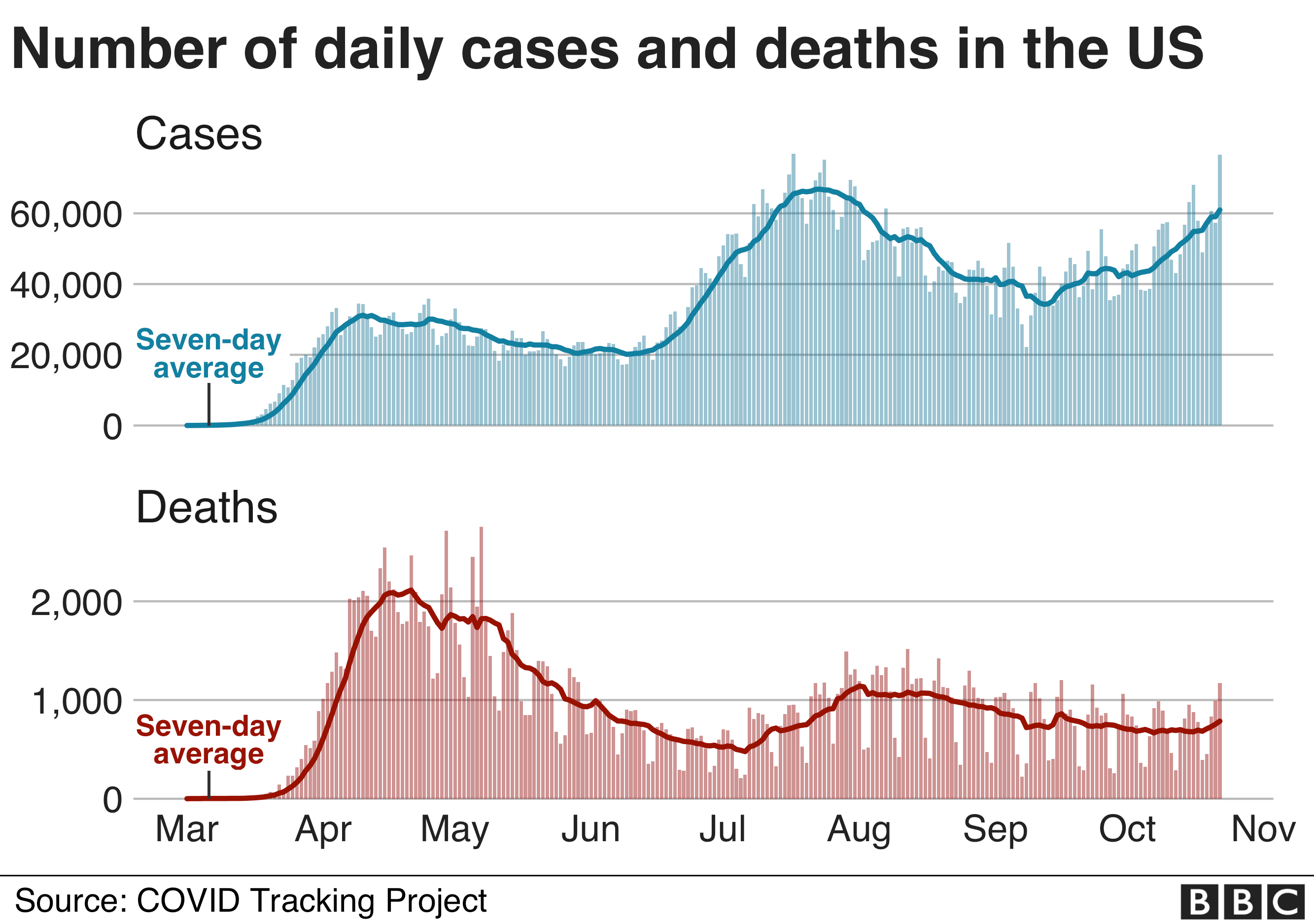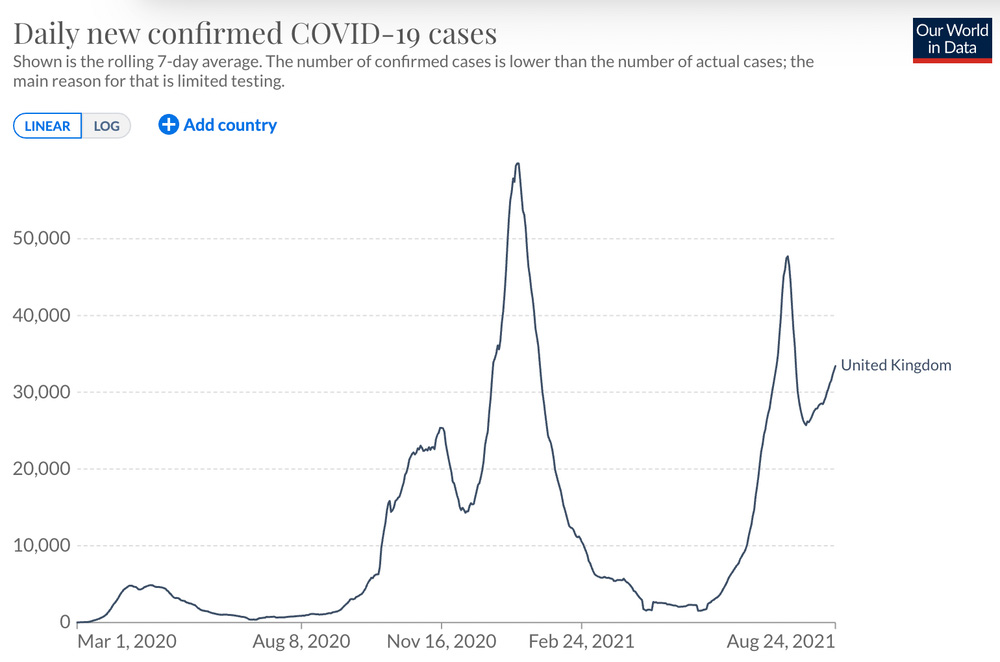Understanding the Surge

COVID-19 surges are like those unexpected guests who show up unannounced, bringing chaos and a whole lot of “oh no, not again!” It’s not just about the number of cases, but the strain it puts on everything – healthcare systems, the economy, and our sanity. Let’s dive into the reasons behind these surges, the warning signs, and the potential consequences.
Factors Contributing to COVID Surges
A surge is like a domino effect – one thing sets off a chain reaction. In the case of COVID, it’s a combination of factors, both global and local, that contribute to the rise in cases.
- New Variants: Remember the Greek alphabet? Well, those new variants like Delta and Omicron are like upgraded versions of the virus, often more transmissible and potentially more dangerous. They can easily outsmart our immune systems and cause a surge in cases.
- Seasonal Changes: Like clockwork, the colder months bring people indoors, increasing the chances of close contact and transmission. Think of it like a giant, invisible party where everyone’s invited – even the virus.
- Vaccination Rates: The more people who are vaccinated, the better our collective immunity. But if vaccination rates are low, the virus has a field day, spreading like wildfire and causing a surge. Think of it like a game of whack-a-mole, but with a very contagious mole.
- Behavioral Factors: Remember when we were all wearing masks and social distancing? Those were the good old days. But as restrictions ease, people naturally relax, leading to more gatherings, less mask-wearing, and ultimately, more opportunities for the virus to spread.
- Travel: The world is a connected place, and that means the virus can travel too. Increased travel, especially international travel, can bring new variants and introduce them to new populations, potentially triggering a surge.
Key Indicators of a Surge
Before the surge hits, there are some warning signs that might signal trouble. It’s like the canary in the coal mine, but instead of coal, it’s COVID.
- Increase in Testing Positivity: If a significant portion of tests are coming back positive, it’s a red flag that the virus is circulating more widely. Think of it like a popularity contest, but the virus is the one winning.
- Rise in Hospitalizations: If more people are being hospitalized with COVID-19, it means the virus is becoming more severe. It’s like the virus is saying, “I’m not just a sniffle anymore, I’m serious business!”
- Increase in Deaths: Sadly, a surge often leads to an increase in COVID-related deaths. It’s a stark reminder of the seriousness of the virus and the importance of taking precautions.
Historical Overview of COVID Surges
We’ve been through this before, folks. Remember the Delta wave, the Omicron wave? Each surge has had its own unique characteristics, but they all shared a common thread: they put a strain on our healthcare systems and economies.
- The Delta Wave: This surge, fueled by the highly transmissible Delta variant, swept across the globe in 2021. It overwhelmed hospitals, leading to delays in care and even shortages of beds and staff. It also had a significant impact on the economy, with businesses forced to close and millions losing their jobs.
- The Omicron Wave: This surge, driven by the even more contagious Omicron variant, hit in late 2021 and early 2022. It was characterized by a rapid rise in cases, but also a lower severity compared to previous variants. However, the sheer volume of cases still put a strain on healthcare systems and led to disruptions in daily life.
Potential Implications of a Surge
A surge isn’t just a statistic – it has real-world consequences. It’s like a domino effect, but instead of dominoes, it’s our lives, our health, and our economy.
- Healthcare System Strain: A surge can overwhelm hospitals, leading to longer wait times, delayed surgeries, and even shortages of beds and staff. Think of it like a traffic jam, but instead of cars, it’s sick people, and the destination is a hospital bed.
- Economic Disruptions: A surge can force businesses to close, leading to job losses and economic instability. Think of it like a game of Monopoly, but the virus is the one rolling the dice and landing on “Go to Jail.”
- Mental Health Impact: A surge can also have a significant impact on mental health. The fear of getting sick, the stress of isolation, and the economic uncertainty can all take a toll on our well-being. It’s like a roller coaster ride, but instead of excitement, it’s anxiety.
Impact and Responses

A COVID surge can have a significant impact on various aspects of life, from healthcare systems to the economy. The severity of the impact often depends on the characteristics of the surge, such as the transmissibility of the variant, vaccination rates, and the capacity of healthcare infrastructure.
Impact on Different Demographics and Communities
The impact of a COVID surge can vary depending on the demographics and communities affected.
- For example, older adults and those with underlying health conditions are more susceptible to severe illness and hospitalization.
- Similarly, communities with limited access to healthcare, such as rural areas or marginalized populations, may experience disproportionate impacts.
- The surge can also exacerbate existing health disparities and inequalities, leading to a widening gap in health outcomes.
Effectiveness of Public Health Measures
Public health measures play a crucial role in mitigating the impact of a COVID surge.
- Measures such as vaccination, masking, social distancing, and testing have been shown to be effective in reducing transmission and preventing severe illness.
- The effectiveness of these measures can vary depending on factors such as compliance rates, the variant in circulation, and the effectiveness of specific interventions.
- For example, the effectiveness of mask mandates has been demonstrated in numerous studies, with some studies showing a significant reduction in transmission rates.
Comparison of Responses Across Different Countries or Regions
The responses to COVID surges have varied across different countries and regions.
- Some countries have adopted a more stringent approach, implementing strict lockdowns and travel restrictions, while others have opted for a more relaxed approach.
- The effectiveness of different approaches has been a subject of debate, with some countries experiencing more success in controlling the pandemic than others.
- Factors such as political leadership, public trust, and economic considerations have all influenced the response to the pandemic.
Challenges and Successes in Managing a COVID Surge
Managing a COVID surge presents a complex challenge for healthcare systems and public health officials.
- One major challenge is the strain on healthcare resources, with a surge in hospitalizations often exceeding capacity.
- Another challenge is the need to balance public health measures with economic and social considerations.
- Despite the challenges, there have been notable successes in managing COVID surges. These include the development of effective vaccines and treatments, the implementation of public health measures, and the increased awareness and understanding of the virus.
Looking Ahead: Covid Surge

The COVID-19 pandemic has taught us a lot about the unpredictable nature of viruses. As we move forward, it’s essential to consider potential future scenarios and develop strategies to mitigate the impact of future surges.
Future Scenarios and Factors, Covid surge
The future of COVID-19 surges is influenced by a complex interplay of factors, including vaccination rates, emerging variants, and population immunity.
- Vaccination Rates: High vaccination rates are crucial for reducing the severity of outbreaks and preventing hospitalizations. However, vaccine hesitancy and access disparities continue to pose challenges, potentially leading to pockets of vulnerability.
- Emerging Variants: The emergence of new variants with increased transmissibility or immune evasion capabilities can significantly impact the trajectory of the pandemic. The Omicron variant, for instance, demonstrated the ability to evade prior immunity and fueled a surge in cases.
- Population Immunity: The level of population immunity, achieved through vaccination or prior infection, plays a vital role in determining the severity and duration of surges. However, waning immunity over time and the emergence of variants can challenge this immunity.
Mitigation Strategies
- Vaccination and Boosters: Maintaining high vaccination rates and encouraging booster doses remain crucial strategies for reducing the severity of surges and preventing hospitalizations.
- Antiviral Treatments: Antiviral medications like Paxlovid and Molnupiravir can significantly reduce the severity of COVID-19 in high-risk individuals. Expanding access to these treatments is essential for managing future surges.
- Non-Pharmaceutical Interventions: Maintaining public health measures like mask-wearing in crowded indoor settings, hand hygiene, and social distancing can help reduce transmission and mitigate the impact of surges.
- Testing and Surveillance: Robust testing and surveillance systems are essential for early detection of outbreaks and the identification of emerging variants.
Surge Response Plan
A comprehensive plan for responding to a surge in a specific community or region should include:
- Early Warning Systems: Establishing robust early warning systems that can detect increases in cases and hospitalizations. This might involve tracking wastewater surveillance data or analyzing hospital admissions.
- Surge Capacity Planning: Assessing and increasing healthcare capacity to handle a surge in patients, including staffing, equipment, and bed availability.
- Communication and Public Engagement: Clear and timely communication with the public about the situation, including recommendations for mitigation strategies and resources available.
- Resource Allocation: Ensuring the availability of essential resources, including personal protective equipment (PPE), medications, and testing supplies.
Timeline of Key Milestones
- Early Detection: Early identification of a surge through surveillance systems and increased testing.
- Public Health Measures: Implementation of public health measures, such as mask mandates and social distancing recommendations.
- Healthcare Capacity Expansion: Increasing healthcare capacity to handle the surge in patients.
- Resource Mobilization: Mobilizing resources, including PPE, medications, and testing supplies.
- Vaccination and Boosters: Encouraging vaccination and booster doses to increase population immunity.
- Surge Mitigation: Implementation of strategies to mitigate the impact of the surge, such as antiviral treatments and surge capacity planning.
- Recovery and Re-evaluation: Assessing the effectiveness of response strategies and making adjustments as needed.
Covid surge – The recent surge in COVID cases has brought a new wave of challenges, impacting everything from daily life to global events. Despite these hurdles, the spirit of competition remains strong, as evidenced by the thrilling sport climbing combined Olympics live event.
This spectacle showcases the resilience of athletes and the enduring power of sports, offering a much-needed respite from the ongoing pandemic.
The recent COVID surge has brought a renewed focus on our health and well-being. While staying safe and following health guidelines is paramount, it’s also important to find moments of joy and comfort. A delicious meal can be a wonderful way to lift spirits, and if you’re craving the warm spices and vibrant flavors of India, you can find indian food near me.
Even in these challenging times, indulging in a comforting meal can help us navigate the complexities of the pandemic.